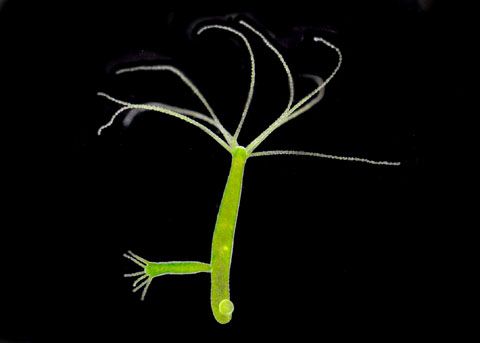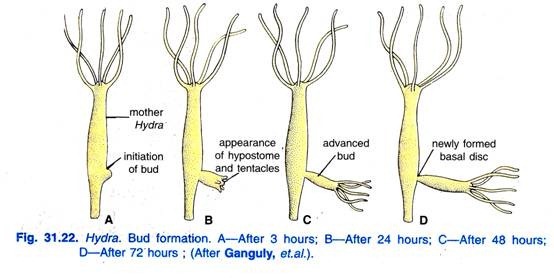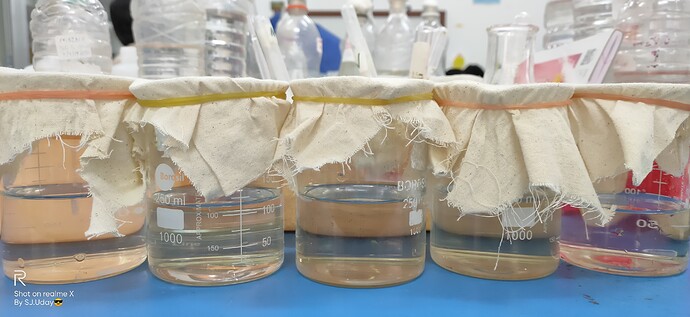Amongst all the different model systems maintained in CUBE HBCSE Lab, one of them is HYDRA…As we all know the STEM has started few months back but there’s no topic particularly on Hydra… Before starting with objectives,first let’s get a bit in touch with what are hydras? Where are they found ? What do they feed on ? How to culture them ? etc.
WHAT IS HYDRA ?
Hydra are a genus of small, fresh-water organisms that are classified under the phylum Cnidaria.They have tiny, tube-shaped bodies that contain several tentacles on one end. They are native to the temperate and tropical regions. Biologists are especially interested in Hydra because of their regenerative ability. Hydra has a tubular, radially symmetric body up to 10 mm (0.39 in) long when extended, secured by a simple adhesive foot called the basal disc. At the free end of the body is a mouth opening surrounded by one to twelve thin, mobile tentacles. If Hydra are alarmed or attacked, the tentacles can be retracted to small buds. Below is a picture showing how a Hydra looks.

REPRODUCTION AND LIFE CYCLE OF HYDRA:-
When food is plentiful, many Hydra reproduce asexually by producing buds in the body wall, which grow to be miniature adults and break away when they are mature. Below is a picture of Hydra life cycle.
WHAT’S THE NEED TO CREATE THIS TOPIC ?
Well, at present in HBCSE lab there are very few hydras left maybe around just 30-35. There’s a serious need to culture them, otherwise we would be losing a model system from our lab ![]() so I have started culturing hydras too, so as to increase their number.
so I have started culturing hydras too, so as to increase their number.
OBJECTIVE:- To culture Hydra as their number is very less.
METHOD OF CULTURING:-
Culturing hydras is too easy,
![]() Firstly I took 5 250 ml beakers.
Firstly I took 5 250 ml beakers.
![]() I had put ~100 ml of declorinated water in each.
I had put ~100 ml of declorinated water in each.
![]() I had put 3-3 hydras each from a Hydra beaker culture present in HBCSE lab.
I had put 3-3 hydras each from a Hydra beaker culture present in HBCSE lab.
![]() Now after putting hydras, I had put ~12-15 colourless moinas from a moina bottle culture with a help of dropper.( Moinas-as a feed for hydras…each Hydra feeding on 3-4moinas per day as observed).
Now after putting hydras, I had put ~12-15 colourless moinas from a moina bottle culture with a help of dropper.( Moinas-as a feed for hydras…each Hydra feeding on 3-4moinas per day as observed).
HYDRA FEEDING ON MOINA
These are the 5hydra beakers which I prepared today itself and each beaker is having 3hydras each.
This is just a new beginning…need to know many more things about hydras… hopefully I could save them from being vanished.
@arunan @GN @drishtantmkawale @akshita @jaikishan @ritikbhaviskar @lydia @bunny @virenvaz @jtd and all , please put in your inputs and views on hydras…what all experiments can be done with them ? How to identify a particular specie ? Does Hydra sleep ? etc.

